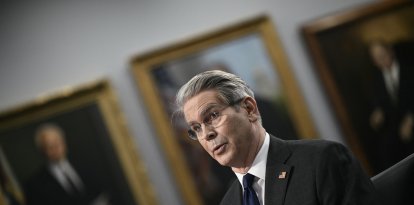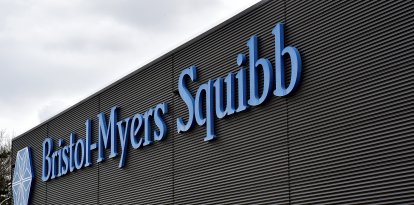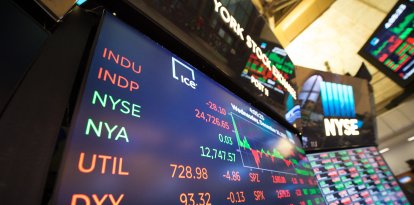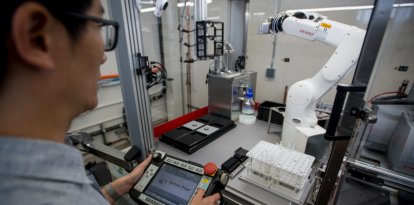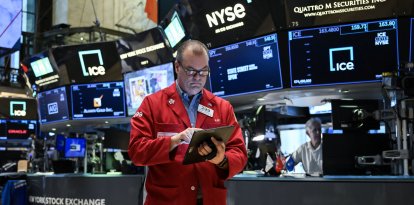How true is it that 'the rich don't pay their fair share?': This is what the data says
This statement has been a Democratic banner in recent years, from Barack Obama, Bernie Sanders and currently Joe Biden, who shouted it from the rooftops in the last State of the Union address.
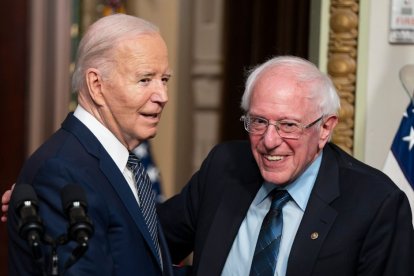
Cordon Press
"And now it’s my goal to cut the federal deficit $3 trillion more by making big corporations and the very wealthy finally pay their fair share. Look, I’m a capitalist. If you want to make a million bucks – great! Just pay your fair share in taxes," Joe Biden assured during the 2024 State of the Union address.
This rhetoric is not new within the Democratic Party. Barack Obama used it in 2012, and Bernie Sanders dedicated himself to amplifying it in his two presidential campaigns to convince voters that the highest-income taxpayers do not pay much in taxes.
The president reinforced the message on April 15 during Tax Day, with multiple publications on his social media.
However, these claims were recently challenged by the CATO Institute, a Washington, D.C.-based think tank whose experts have another perspective on the U.S. tax system—one that differs somewhat from that of the president.
A different analysis of taxes
Adam N. Michel, director of tax policy studies at the CATO Institute, stated that, in reality, "the rich pay the highest tax rates."
"The highest-income Americans pay a disproportionate share of income taxes and face the highest average tax rates across all federal taxes," he added in an article published at the end of February but revived during Tax Day.
He reached this conclusion by analyzing the data the Internal Revenue Service (IRS) published according to what was taxed during 2023. He described the United States tax system as highly progressive and noted that, compared to other Western countries, taxes are "relatively low."
"The rich pay the highest tax rates"
Based on data on income tax payments and Treasury Department estimates for 2023, Michel found that the top 10% of taxpayers paid "more than 60% of all federal taxes and 76% of income taxes," data that is a little far from the president's statements.
Because the Treasury Department divides higher earners into narrower segments, as the income of the top 10% income group increases, so do the tax rates they must pay. For example, this group paid 27% income tax in 2023, the same as almost a third of their income. Higher still, the 0.1% pay an estimated average tax rate of 33.5%.
By contrast, the lowest 20% of earners, as measured by adjusted household cash income, "face average tax rates that are negative or close to zero."
"A negative tax rate means the taxpayer is a net beneficiary of the tax system, likely receiving refundable tax credits, such as the Earned Income Tax Credit (EITC) and Child Tax Credit (CTC)," Michel explained.
Also, using data from the IRS, the CATO Institute expert evaluated how federal income tax revenue is divided. Contrary to the White House theory, the famous top 1% financed 45.8% of all revenue from this tax. If the data is stretched to the top 10%, they found that this group paid 75.8% of the income tax collected in 2021.
According to the National Taxpayers Union, the 1% share of income tax was the highest in the 1980s.
The future of U.S. accounts
Finally, Michel analyzed the future of public accounts in the United States. He stated that they are "unsustainable" at current levels, arguing that sooner or later, the time will come to reduce spending or increase taxes even further to improve the fiscal trajectory.
"Instead of raising taxes, Congress should reduce spending to maintain America’s beneficial outlier status as a country where the government confiscates 15 percent less of your paycheck. However, if the American people continue to demand high levels of government spending, politicians should be clear: big government means higher taxes and slower economic growth for all Americans," he concluded.
RECOMMENDATION
